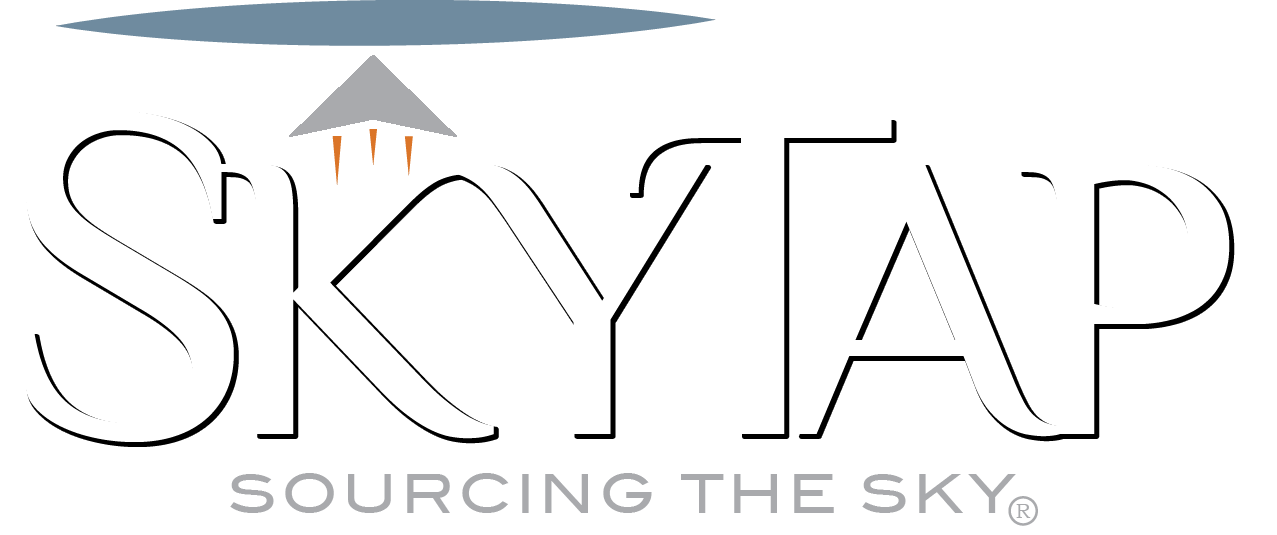The new regulations that will govern commercial operations of small Unmanned Aircraft (Drones/Remotely Piloted Aircraft) will take effect on August 29th, 2016.
The FAA published an excellent, plain English summary of the new regulations HERE. So I will not duplicate that in this post.
If your operation does NOT fall under the requirements of 14 CFR Part 107 (Night, or >55 lbs, etc.), you may apply for a waiver. Guidance for such operations can be found HERE.
Do you already hold a pilot's certificate under CFR 14 Part 61? If yes, I will discuss that in Section 1. If not, please see Section 2.
SECTION 1
If you already have a current flight review per 61.56 and a Pilot's certificate, your path to certification is fairly easy since you have already demonstrated your . Part 61 pilot certificates include sport pilot, recreational pilot, private pilot, commercial pilot and air transport pilot certificates (not student pilot).
Additionally you will need an account at www.faasafety.gov (free) and an IACRA account (free) to process the addition of this rating to be added to your pilot certificate.
Once you have these things ready to go, you can head over to begin the 2 hour course and short exam HERE.
Once those are complete you will print out your certificate of achievement that looks something like this:
You will then make an appointment with your local FSDO to approve the addition of your shiny new UAS certification.
SECTION 2
Why Bother?
In aviation, if you receive ANY form of compensation for flying, that flight falls into the category of a commercial operation. That's right, even if that compensations is only gas money, or a cold beverage.
It is part of the FAA's mandate to protect the public, and this is one of the ways that they can do that. When the regulations were written, they were protecting people IN the airplanes. It's no secret that regulating Drones is and will continue to be difficult within a framework of regulations built for traditional aviation. Hence, Part 107...which is honestly a great step forward.
So what does it take?
Essentially it will take a herd of brain cells and $150.
What you need to do to obtain Part 107 remote pilot certification:
- Be 16 years or older and able to read, speak, write, and understand English (non-U.S. citizens can take the test)
- Have a drone that’s less than 55 lbs and register it
- Study for the Part 107 knowledge test
- Make an appointment to take the test in-person at a Knowledge Testing Center (KTC) for $150
- Pass the 60-question, multiple choice exam with a 70% or higher (if you fail you must wait 14-days to retake the test)
- Complete form 8710–13 via the FAA IACRA system
- Receive your permanent remote pilot certificate via mail
That's it! Happy flying and go Source the Sky!
Please Contact us if you have any further questions.



